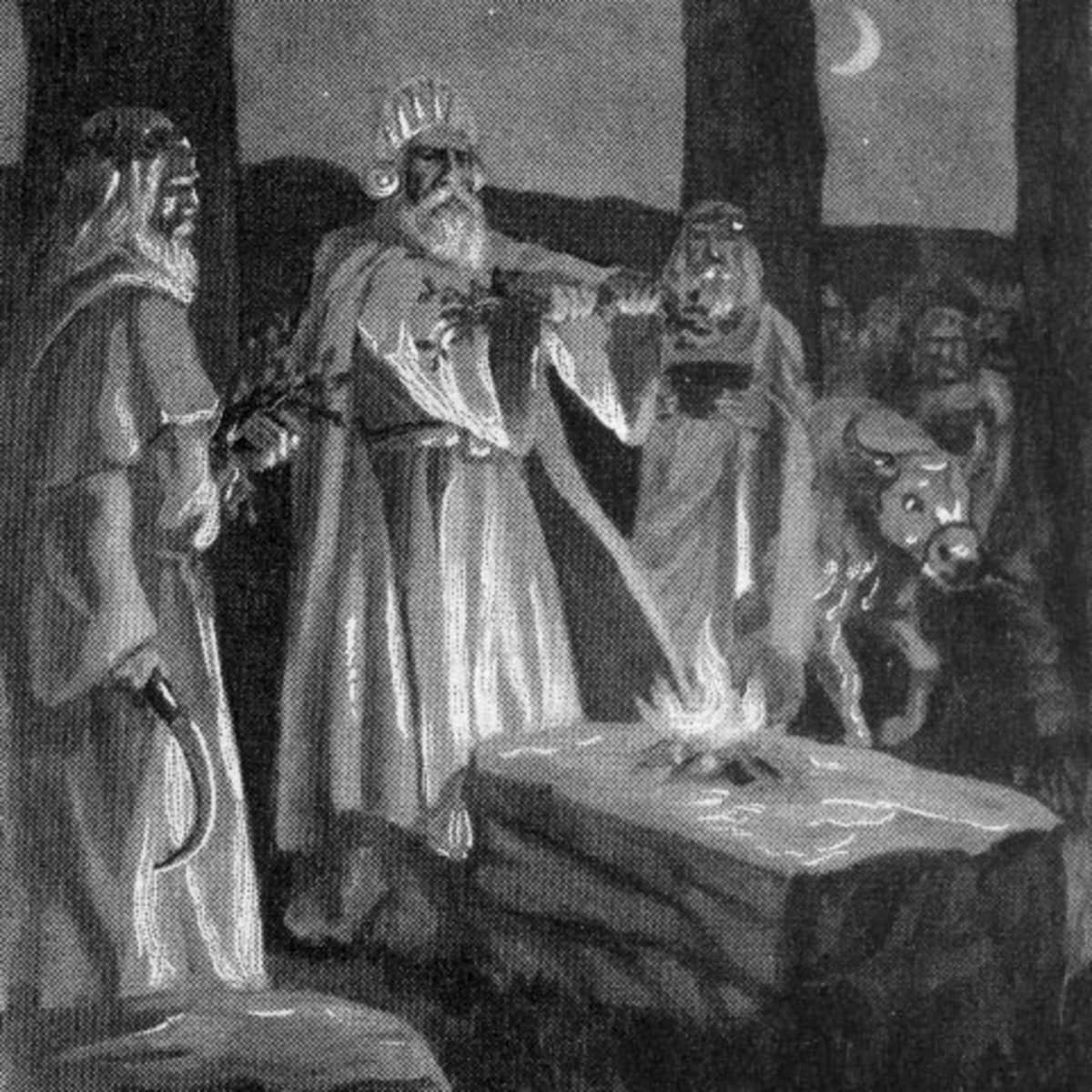The Halloween Origins
Many people around the world think that Halloween is a Christian holiday but is there any mention about Halloween in the Bible? the answer is no. The custom of Halloween celebration started centuries after the Bible was written.
Where does Halloween come from then?
The closest link we get is from the Gaelic festival of Samhain. The Celts used to celebrate this day as their New Year which marked the end of their harvest period and the beginning of winter.
Samhain?
According to some sources Samhain is the Lord of Death and Darkness. Celtic Druids used to worship him with lighting bonfires and sacrifices as a thanksgiving for that year’s harvest and as an appeal for favour in the new coming year.
Pumpkins, Trick or Treat and Costumes?
The Celts believed that the line between the dead and the living becomes very thin during the eve of Samhain. The spirits can come visit their loved ones but with the good spirits the ghouls can also come and cause damage. The Celts used to keep treats for the good spirits and carved pumpkins to ward off bad spirits. If the Celts had to go out on the eve of Samhain they would wear scary costumes to look like evil spirits so if they encounter one on their way, the evil spirit will mistake them for an evil spirit too and thus not cause any trouble to them.
Trick or Treat comes from the traditions of ringing bells for the souls in purgatory; poor people, mostly children, would go from house to house “souling”—they would get ‘soul cakes’ in exchange for prayers for departed loved ones.
Jack O’Lantern?
The tradition of carved out pumpkins come from the story of Stingy Jack (Jack O’Lantern) who tricked the Devil one night and on his death, God didn’t let him enter heaven for how stingy he was and the Devil didn’t accept him in hell for his trickery with him to not take his soul to hell after his death.
According to the traditions Jack was given a burning coal and was sent off into the dark night. Jack carved out a turnip to keep the burning coal and has been wandering the Earth ever since. Later, people began to make their own versions of Jack’s lanterns by carving scary faces into pumpkins, turnips or potatoes and placing them into windows or near doors to frighten away Stingy Jack and other wandering evil spirits.
So, what is All Saints Day then?
Romans were able to capture all the Celtic lands by AD 43 and in the next 400 years Samhain got mixed with the Roman holidays of Feralia (Roman holiday of commemorating the dead) and Pomona (Day for honouring the Roman Goddess of fruits and trees). In 609 AD Pope Bonafice IV established the Catholic feast of All Martyrs’ Day in honour of the early Roman martyrs, and this feast was later expanded by Pope Gregory III to include all saints which became the All Saints’ Day (known also as Hallowtide or All Hallows) where the name of Halloween later gets established. Samhain, All Souls Day and All Saints Day got mixed in the coming years and that is the very reason we can see Halloween traditions mixed with All Saints’ Day.





